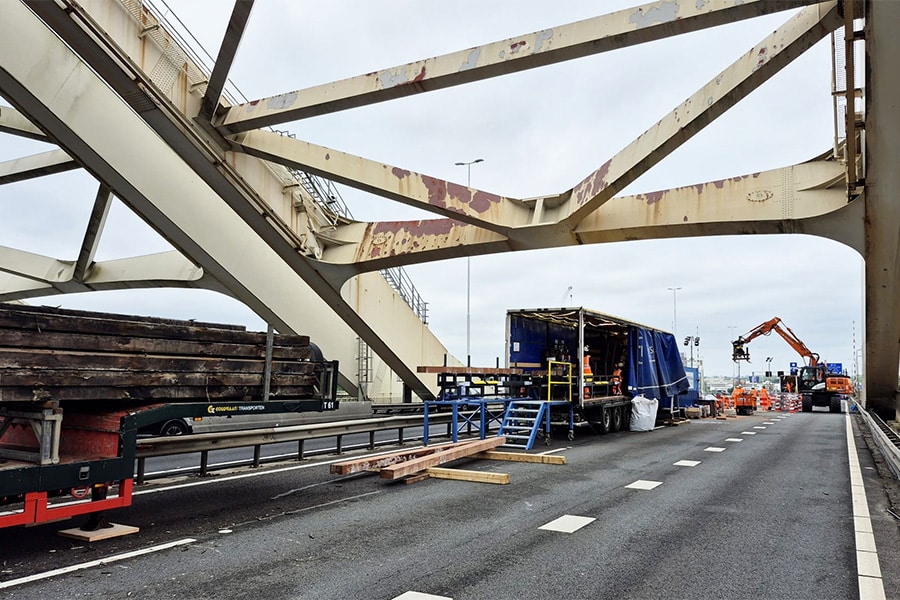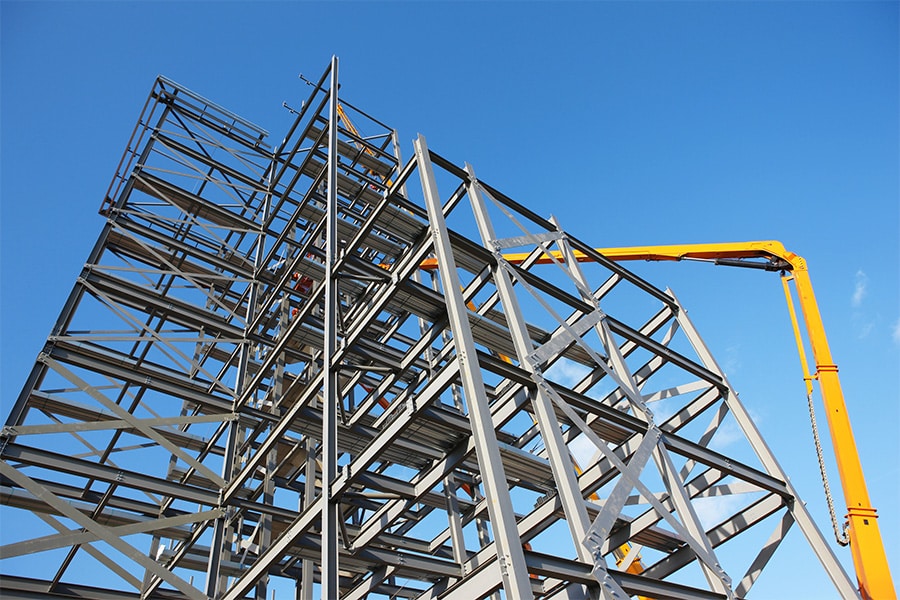
The Pen | Recycled construction steel
In the more than 25 years that I have been active in the construction steel industry, I have seen a lot of steel disappear into concrete. I have often said to myself: the Netherlands should be completely gray with concrete anyway. But fortunately, buildings are also regularly demolished. And as a result, a lot is also recycled.
Reinforced concrete is usually still made with construction steel, rebar. There are now other ways to make reinforced concrete, such as plastic fibers or carbon. But most of it is still done with steel. This is recycled steel from old cars, refrigerators, et cetera (scrap metal). Construction steel gets a second or third life through recycling, so construction steel helps to reduce CO2-reduction. Of course, it takes a lot of energy to melt scrap and convert it back to structural steel. But versus making construction steel from ores, this is a fraction.
Scrap is remelted by various steel producers. They can generate the right quality for the base of rebar by melting different grades of scrap. The liquid steel is poured into a mold, creating beams (billets) of +/- 1,200 to +/- 1,800 pounds, depending on the producer. From these beams (billets) one produces wire rod or directly hot-rolled rebar bars and coils (B500B). The wire rod goes to producers who turn it into cold-rolled (B500A) rebar and building steel slabs or dented material (B500B). The hot-rolled B500B is prescribed as standard for civil engineering projects. The dented B500B material is more workable and produces less wear on machinery than the hot-rolled B500B.
The same goes for stainless steel rebar, which is also made from recycled stainless steel. With the same operations as carbon steel. But here one has several grades; magnetic (Duplex) and non-magnetic (Austenitic). The non-magnetic stainless steel rebar has been used at the Beta campus in Leiden and at the Antoni van Leeuwenhoek hospital. This stainless steel rebar does not affect measurement and control equipment. By applying this material in the right places, it can coexist well with standard carbon steel. Magnetic stainless steel rebar has been used for two bicycle bridges in Belgium and as expansion joint reinforcement for a bus lane in Joure. Cyrogenic stainless steel rebar has been applied at the LNG terminal in Rotterdam. The mechanical properties of RVS reinforcing steel are equal or higher than hot-rolled reinforcing steel (B500B). For liquefied gas installations, there is a Cryogenic grade. This can handle extreme temperature differences up to -165˚C. Applying stainless steel rebar in maintenance-sensitive areas can save a lot of renovation time and costs in the future.
For both types of steel, when the structure is demolished, the steel can be recycled and reused for new structures.



